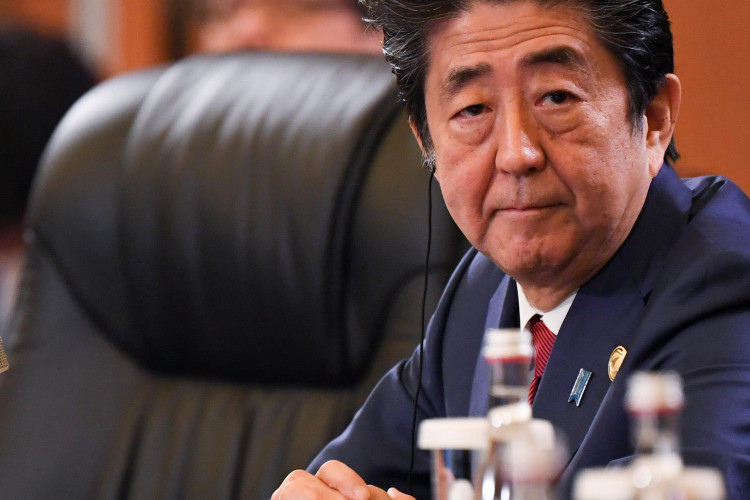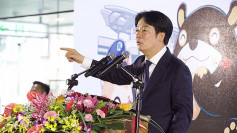Japan this week will begin paying out $654 million (70 billion yen) in a first round of payments to the first 57 Japanese firms that have moved manufacturing out of China. Payments will then be made over the next few weeks to 30 other Japanese firms that also transferred manufacturing from China.
The 87 firms abandoning China are taking advantage of a generous multi-billion yen subsidy program that intends to slash Japan's over dependence on China for its manufacturing operations. These Japanese firms will either relocate back to Japan or to other Southeast Asian countries such as Vietnam, Thailand and Myanmar.
Japan's Ministry of Economy, Trade and Industry (METI) said Friday 57 Japanese companies will receive a total of $536 million (57.4 billion yen) in subsidies from the government as they return manufacturing to the Japanese mainland. In addition, another 30 companies will receive money to move manufacturing from China to Vietnam, Myanmar, Thailand and other Southeast Asian countries. The amount set aside for these firms wasn't revealed, however.
METI said Tokyo will pay $654 million (70 billion yen) in the first round of payments. The government of prime minister Abe Shinzo in April set aside $2.28 billion out of its record coronavirus stimulus money to slash Japan's heavy reliance on China for its supply chain needs.
The raging COVID-19 that first shut down China exposed the massive disadvantages of Japanese firms concentrating production in one country to save money and maximize profits. In minimizing its reliance on China as a main manufacturing base, Japan has emulated the Republic of China (Taiwan), which did so in 2019 before the COVID-19 pandemic emerged from China.
The timing of this move towards Japanese economic nationalism, which Abe announced in early April, came at an awkward moment for both countries. Abe made the announcement before Chinese President Xi Jinping was supposed to have gone on state visit to Japan that month.
Beijing has not yet retaliated for Abe's move to decouple Japan's manufacturing from China. China is Japan's biggest trading partner and China will likely respond to this decoupling in some form to prevent other countries from following suit.
Japan first made public its intention to reduce its huge manufacturing dependence on China in March as the COVID-19 pandemic began to gain ground in Japan. A government panel on future Japanese investment discussed the need for manufacturing of high-added value products to be shifted back to Japan. It also agreed production of other goods must be diversified across Southeast Asia.
The panel identified two key reasons for abandoning Japan's massive reliance on China for manufacturing. The first is to reduce supply chain dependence on China. The second is because re-shoring of strategically indispensable Japanese production is a key aspect of Abe's plan to promote economic nationalism.
Japanese China-watchers say it remains to be seen how abandoning China as a main manufacturing base will affect Abe's years-long effort to build better relations with China despite the latter's claim to own the Japanese Senkaku Islands in the East China Sea.






